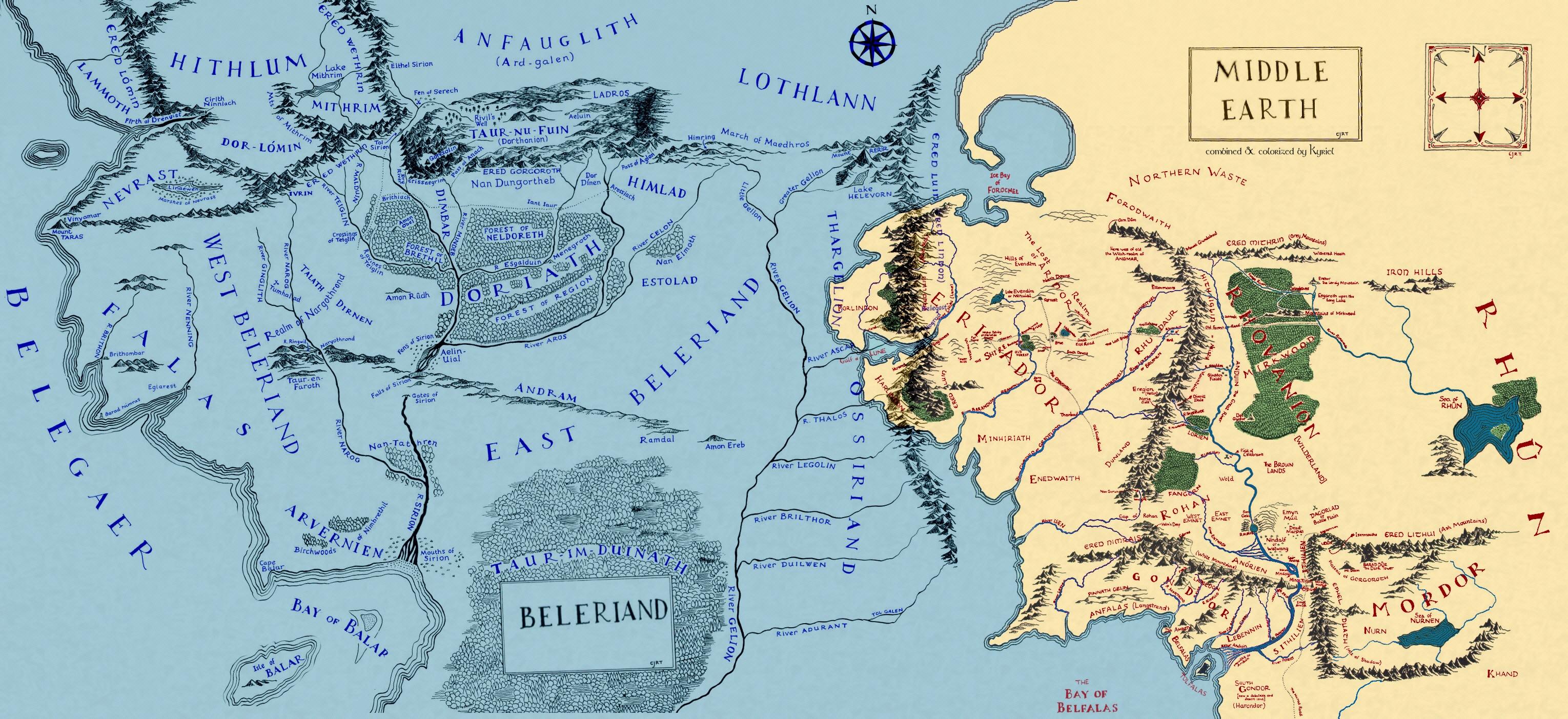I was thinking about this again, and one way to 'call out' cultural differences to an audience is to make use of nonverbal communication.
For instance, we can easily identify gestures in our culture that mean:
Greeting/Farewell
Yes/No
Come Here/Stop
(Etc.)
Slight variations on this can help to call out different cultural groups, with the added addition of stuff like acknowledging a lord (bow, kneel, arm across the chest?)
It can also help to give continuity across the seasons if we see similar gestures repeated by different characters representing the same group.
Peter Jackson played it for laughs when he had Aragorn start by greeting Haldir in the more formal 'elvish' way, and them embrace him in a 'human' greeting to Haldir's consternation. The 'these are two different cultures' is laid on pretty thick in this scene, but I think we need some touches like these as visual cues to help the audience out.
For instance, let's say the Edain have a custom of a man kissing his children on the forehead before riding out to war/battle (just as an example). The first time we'll see this gesture will be in the opening scene of season 1 episode 1 when Arathorn quickly kisses little toddler Aragorn on the forehead while saying farewell to Gilraen and hurriedly getting ready to ride out. We won't see it again until we meet the Edain in Season 4, but we'll see it (say) multiple times there - Húrin's farewell to Túrin, for instance, and maybe Huor even stoops to kiss Rían's belly, and that's how the audience figures out she's pregnant. Whenever anyone goes back to rewatch, there will be an 'ahah!' moment in the opening of 'The Dunedain are connected to the Edain.'
If we use a lot of such visual cues, we can help the audience keep these people groups straight.



